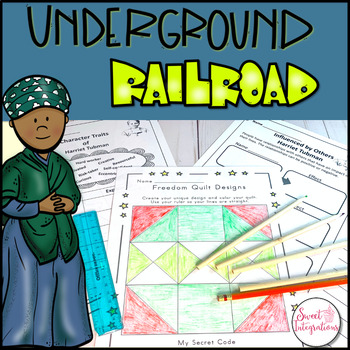Starting a new school year is always a time of excitement and possibility, but the new academic year brings unique opportunities to reimagine how we engage our students. With the rapid evolution of technology, a deeper understanding of diverse learning needs, and a growing emphasis on social-emotional learning, now is the perfect time to explore innovative strategies that inspire and motivate students. In this blog post, we'll dive into fresh, forward-thinking approaches that can transform your classroom into a dynamic and inclusive learning environment where every student feels empowered to succeed.
Here are some strategy ideas for engaging students in the new school year:
1. AI-Powered Learning Tools
Integrate AI tools like adaptive learning platforms that personalize lessons based on each student’s learning pace and style. AI-driven quizzes and assessments can offer instant feedback, helping students to stay engaged by challenging them at their level.
The image below is created through ChatGTP. A fun beginning-of-the-year activity would be for students to use AI to create a picture of their summer activities. This student is sad to leave her horse because she's returning to school.
2. Gamified Learning Experiences
Use gamification techniques such as point systems, leaderboards, and rewards to turn learning activities into games. This could include interactive apps, classroom challenges, or digital escape rooms tailored to curriculum goals. I love Flippity. There are so many activities teachers can create with this free Google Extension.
3. Flipped Classroom 2.0
Evolve the traditional flipped classroom by incorporating multimedia resources like podcasts, video tutorials, and interactive simulations for students to explore before class. In-class time can be dedicated to hands-on projects, discussions, and collaborative problem-solving.
4. Project-Based Learning with Real-World Applications
Develop projects that connect curriculum topics to real-world issues and community needs. This could involve partnering with local businesses, and nonprofits, or using current events as a basis for assignments, making learning more relevant and impactful.
5. Culturally Responsive Teaching
Incorporate diverse perspectives and materials into the curriculum to reflect the backgrounds of all students. This approach not only increases engagement but also fosters an inclusive classroom environment where students feel seen and heard.
6. Interactive and Collaborative Digital Platforms
Utilize platforms like Google Classroom, Padlet, or Microsoft Teams for collaborative learning. Encourage students to work together on shared documents, engage in discussion boards, and contribute to class blogs or wikis.
7. Mindfulness and SEL (Social-Emotional Learning) Integration
Start each class with a short mindfulness exercise or incorporate SEL activities that help students manage stress, build resilience, and develop emotional intelligence. This can improve focus and engagement throughout the day.
8. Student-Led Learning
Give students more control over their learning by allowing them to choose topics of interest for projects, lead classroom discussions, or even co-create parts of the curriculum. This fosters a sense of ownership and motivation.
9. Augmented Reality (AR) and Virtual Reality (VR)
Use AR and VR to create immersive learning experiences that bring lessons to life. For example, students could explore historical sites, dive into the human body, or engage in virtual science labs, making abstract concepts more tangible.
10. Peer Teaching and Learning
Implement peer teaching strategies where students take on the role of the teacher to explain concepts to their classmates. This reinforces the material for the peer teachers and encourages collaboration and deeper understanding.
11. Flexible Seating and Learning Spaces
Design your classroom with flexible seating options and learning zones that allow students to choose where and how they learn best. This could include standing desks, bean bags, or collaborative workstations to foster a more dynamic learning environment.
12. Debates and Presentations
Engage students in critical thinking and discussion through debates and presentations on relevant topics. These are great activities to use during project-based learning. This encourages active participation, deepens understanding, and enhances public speaking skills.
13. Cross-Curricular Projects
Design projects that integrate multiple subjects, such as a science project that involves math, art, and writing. This approach shows students the interconnectedness of knowledge and helps maintain interest by varying the types of activities and skills used. Again, project-based learning is cross-curricular.
14. Interactive Storytelling and Digital Narratives
Use digital storytelling tools where students can create their own stories or narratives related to the curriculum. Tools like Storybird or Adobe Spark allow students to combine text, images, and audio, making learning more creative and engaging.
15. Feedback Loops and Student Reflection
Create continuous feedback loops where students regularly reflect on their learning and set personal goals. Use tools like digital portfolios or journals where students can track their progress and reflect on their experiences.
These strategies help create a dynamic and engaging learning environment that caters to the diverse needs and interests of students for the new school year.



























No comments